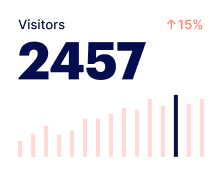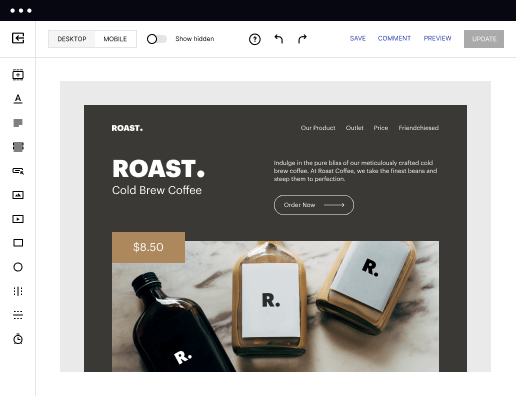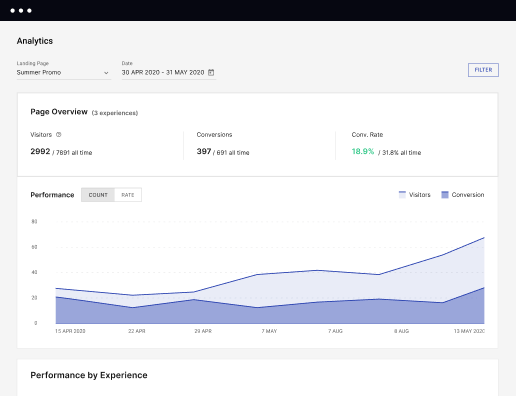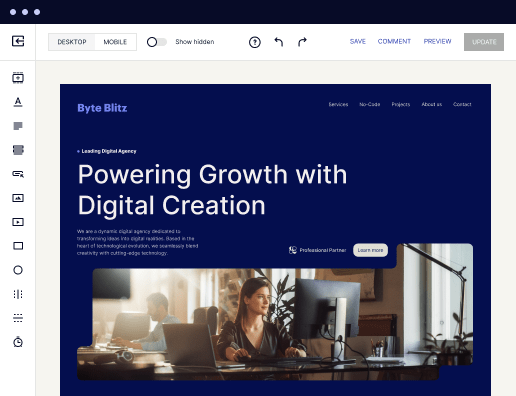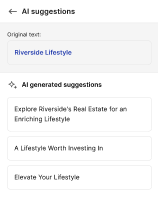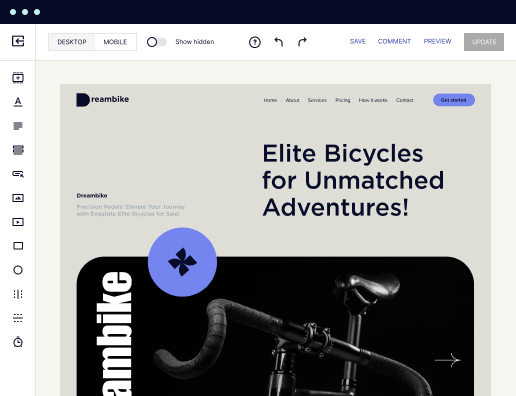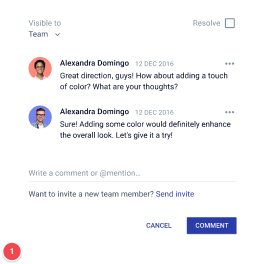Make your bespoke web page for Judiciary with ease
Instapage helps you create your web page for Judiciary on your own, without developer assistance. Easily create stunning landing pages that reflect the essence of your business and attract the right audience.
Create Your Web Page for Judiciary: A Step-by-Step Guide
Creating a web page for the judiciary is a critical task that requires careful consideration of design, functionality, and user experience. With Instapage's flexible landing page platform, marketers can swiftly develop tailored web pages that not only meet legal requirements but also engage visitors effectively, leading to higher conversion rates. In this guide, we will walk you through the process of creating a judiciary web page using Instapage, focusing on optimizing for specific user needs and enhancing brand trust.
Understanding the Importance of a Judiciary Web Page
A judiciary web page serves as an essential informational and functional resource for users seeking legal information. This section outlines the significance of having a user-friendly, responsive, and informative web page for courthouse visitors or prospective legal service users.
- Accessibility: Ensures that important legal resources are readily available to the public, helping increase transparency.
- Trust: A well-designed web page builds trust in the judiciary, reflecting professionalism and competence.
- Efficiency: Streamlines the process for users to find necessary information, leading to a better user experience.
Step 1: Define Your Audience
Before creating your web page, it's crucial to identify the target audience. Instapage allows you to analyze audience behavior through detailed analytics tools that can help tailor content efficiently.
- Identify user needs: Understand what specific information your audience seeks regarding judiciary services.
- Segment your audience: Differentiate various users, such as legal professionals, defendants, or general public, to better cater to their needs.
- Utilize audience data tools: Leverage Instapage's data tracking features to assess audience preferences and behavior.
Step 2: Choose a Template and Design Layout
With Instapage’s library of 100+ conversion-focused templates, designing a visually appealing judiciary web page is streamlined. Tailor your choices based on the preferences of your identified audience.
- Select relevant templates: Look for designs that reflect professionalism and ease of navigation.
- Customize content: Use dynamic text replacement to align with audience needs, ensuring the page speaks directly to them.
- Incorporate visuals: Utilize images or infographics that resonate with judicial information to break up text and engage users.
Step 3: Optimize for Conversions
Optimizing your judiciary web page is critical to ensure users take the desired actions. Instapage provides built-in experimentation features to help identify what works best.
- Conduct A/B testing: Experiment with different layouts and content to see what converts better with your audience.
- Use heatmaps: Analyze how users interact with your page and adjust based on their behavior.
- Incorporate CTAs strategically: Place clear, actionable calls to action to guide users toward the next steps.
Once the web page is created and optimized, continuous performance assessment is vital. Instapage’s analytics dashboard allows for real-time tracking of conversion metrics and audience engagement.
Start your journey towards creating a well-optimized judiciary web page today. Sign up for Instapage and leverage our tools to enhance your online presence.
Get more out of Create your web page for Judiciary
Improve your Quality Score with quick load technology for landing pages
Increase conversions with content that aligns with your ads and audiences
Achieve maximum ROI by scaling your marketing initiatives
Leading the way in building high-performing landing pages





FAQs
See how to create your web page for judiciary in action
Ready to skyrocket conversions?
Supercharge your ad campaigns with high-performing landing pages.
Get started
